
Artist’s illustration of a “Super-Earth” exoplanet.
A low-mass planet candidate orbiting Proxima Centauri at a distance of 1.5 AU.
An analysis of cyclical changes in the light spectrum emitted by Proxima Centauri, the star closest to the Sun, suggests it may be orbited by a second planet.
Mario Damasso and colleagues present data suggesting that this candidate planet orbits Proxima Centauri every 5.2 years and maybe a “super-Earth,” with a mass higher than Earth’s, though much lower than that of the Solar System ice giants Uranus and Neptune.
If its existence is confirmed, this planet may provide insights into how low-mass planets form around low-mass stars. It could also challenge models of how super-Earths are born; most are believed to form near the “snowline,” the minimum distance from a star at which water can turn to solid ice, but the candidate planet’s orbit lies far beyond this sweet spot.
A previous study of Proxima Centauri using the Atacama Large Millimeter/submillimeter Array (ALMA) — an astronomical observatory in northern Chile — reported an unknown source of light spectrum signals that could belong to a second planet or may simply have been the product of a neighboring galaxy or an unrelated phenomenon.
To better understand if the signal originated from another planet orbiting the star, Mario Damasso and colleagues analyzed a 17.5-year-long time series of high-precision radial velocities using an exoplanet detection method that tracks a star’s light spectrum. If this spectrum oscillates between red and blue, it indicates that the star is moving towards and away from the Earth at regular intervals, a cycle usually caused by an orbiting body’s presence. The researchers found that the signal occurs over a 1,900-day period, suggesting it is likely unrelated to cyclical shifts in the star’s magnetic field. However, the authors emphasize that more evidence is needed to confirm their conclusion.
Reference: “A low-mass planet candidate orbiting Proxima Centauri at a distance of 1.5 AU” by Mario Damasso, Fabio Del Sordo, Guillem Anglada-Escudé, Paolo Giacobbe, Alessandro Sozzetti, Alessandro Morbidelli, Grzegorz Pojmanski, Domenico Barbato, R. Paul Butler, Hugh R. A. Jones, Franz-Josef Hambsch, James S. Jenkins, María José López-González, Nicolás Morales, Pablo A. Peña Rojas, Cristina Rodríguez-López, Eloy Rodríguez, Pedro J. Amado, Guillem Anglada, Fabo Feng and Jose F. Gómez, 15 January 2020, Science Advances.
DOI: 10.1126/sciadv.aax7467

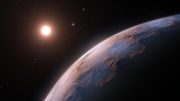
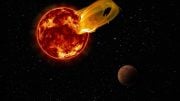
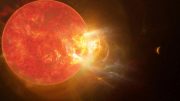
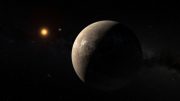
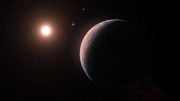
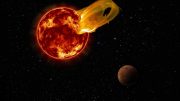
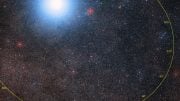
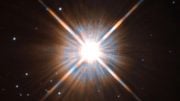
Be the first to comment on "There May Be a “Super-Earth” Orbiting the Nearest Star to the Sun"